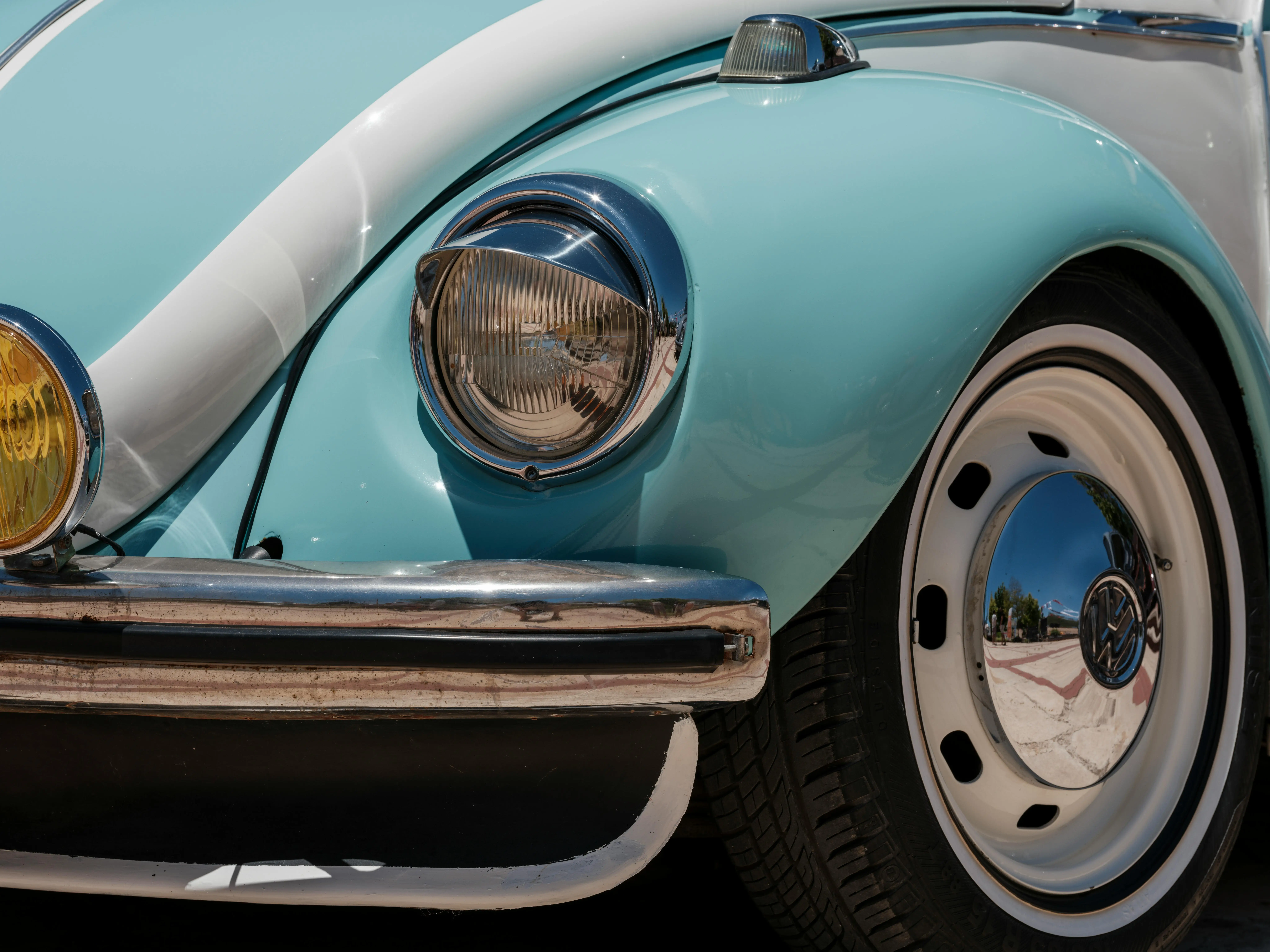Top 5 Cars Worth Importing From Switzerland To The U.S. In 2025
Switzerland has cultivated a reputation among American car enthusiasts as Europe’s “hidden gem” source for rare, beautifully maintained vehicles. Its car culture—marked by meticulous servicing, strict roadworthiness laws, high incomes, and low annual mileage—means Swiss-market cars are often in better-than-average condition, outlasting their Western European peers. But which models are truly worth the considerable investment to bring them stateside, and what should you watch out for with each?
For an in-depth breakdown of every Switzerland-to-U.S. import pitfall, cost, and compliance scenario, see our full Switzerland car import guide. For instant cost checks on your candidate, use the WCS car import calculator.
Why Swiss Cars? And Why Caution Is Essential
More than just “low mileage” and “well-maintained,” Swiss cars sometimes feature rare specs or options unavailable elsewhere. However, buyers need to factor in:
-
Hidden export and documentation costs
-
Swiss VAT refund complexity and variable timelines
-
Required inland transport to a European port (Switzerland is landlocked)
-
Swiss/EU VIN challenges (sometimes non-17-digit formats)
-
U.S. compliance and DMV registration, especially for diesels or heavily modified cars
Any model must be vetted for eligibility, original condition, emissions/fuel type, and shipping practicality.
1. Porsche 911 (964, 993) – Air-Cooled Legends
_(cropped).webp?width=3797&height=2223&name=Porsche_964_Carrera_RS_Rubystone_Red_(1)_(cropped).webp)
Why They’re A Hit:
Switzerland’s strict maintenance laws result in some of the most original, rust-free air-cooled Porsches in Europe. Later 964 and all 993 cars (now over 25 years old) are importable as “classics” under the federal 25-year exemption, provided they’re not modified from stock.
Watch Out:
Confirm the VIN format (some Swiss/EU-market cars have non-standard VINs that trigger DMV scrutiny), and beware of cars with non-original engines, turbos, or “resto-mod” updates which could jeopardize import eligibility. Documentation should include full Swiss service history, prior title/registration, and clarity on any period modifications or upgrades.
2. Mercedes-Benz AMG (W124 500E, R129 SL, Early 90s/2000s)
.webp?width=1600&height=1200&name=Mercedes-Benz_E_500_W124_(14515229665).webp)
Why They’re A Hit:
The Swiss market has no patience for neglected cars, and AMGs from this region tend to have lower miles and more history than German or U.K. counterparts. Unique, often limited-run (and now 25+ years-old) V8 and V12 AMGs are extremely desirable for U.S. collectors.
Key Caveats:
VAT refund only with perfect paperwork (timing critical), high initial prices, and some diesel AMG variants may face state registration headaches. In California, for example, many pre-2010 diesels cannot be titled for street use due to strict CARB emissions enforcement—critical for TDI and CDI engines.
3. Audi RS2 Avant, B5 RS4 Avant

Why They’re A Hit:
Built in stunningly small numbers (RS2 ~2,900 units), these wagons combine Porsche input with practical utility and turbo power. Many Swiss examples are original and unmodified, making them easier to import.
Caveats:
Fully verify that engine, turbo, and emissions equipment are original. Non-original or performance-modified cars may not meet “substantially similar” documentation requirements for customs. Carefully check VIN conformity and ensure you have a complete paper trail (from Swiss title to purchase receipts).
4. Renault Alpine A110 (70s/early 80s)
_-_18319974995.webp?width=2000&height=1325&name=Alpine_Renault_A110_V85_(1970)_-_18319974995.webp)
Why They’re A Hit:
Switzerland’s dry climate means fiberglass-bodied Alpines survive with less rot, and a surprising number of 1970s models remain original. With classic rally pedigree and light weight, these make valuable U.S. collector additions.
Caveats:
The older the car, the higher the likelihood of a non-standard (sometimes short) VIN, which requires supplemental history and validation for U.S. customs or state DMV. Confirm the chassis and body numbers before committing. Verify authenticity (matching numbers) and contest any “restored” cars with missing documentation.
5. Land Rover Defender TDI
_(15014374973).webp?width=3020&height=2266&name=First_vehicle_driven_(1990_Land_Rover_Defender_3.5_V8)_(15014374973).webp)
Why They’re A Hit:
Swiss-market Defenders (pre-1998, now 25+ years old) frequently benefit from dealer upgrades, climate packages, and are less likely to have led hard lives as farm vehicles. TDIs are especially prized for U.S. import.
Key Caveat:
Diesel Defenders, while 25-year-exempt at the federal level, can run into state registration roadblocks—especially in California or states following CARB standards, where emissions compliance can stop diesel registration even for classics. Watch for engine swaps and “over-restored” builds: too many modifications can risk denial at import.
Bonus due diligence checklist for all Swiss classics:
-
Double-check VIN format and eligibility before purchase—Swiss/EU classics may not always have 17-digit VINs, creating customs and titling complexity.
-
Use local agents for pre-purchase inspection; do not rely solely on dealer photos or seller claims.
-
Confirm inland shipping is included in your budget—trucking from Switzerland to major ports (Rotterdam, Genoa, etc.) adds both cost and time.
-
Ensure you understand and accept that Swiss VAT refunds are not automatic, and must be planned/documented meticulously.
Conclusion: Worth It for the Right Buyer
Switzerland offers a unique pool of timeless collector cars, but the market rewards only those importers who do their paperwork, understand the regulatory traps, and calculate full, all-in costs. For further details and step-by-step compliance, see the full Switzerland-to-US import guide or lock in real rates with the car import calculator.
Calculate your Switzerland-to-U.S. car import costs instantly with our WCS Calculator.
You May Also Like
These Related Stories

How to Import a Car from Germany to the USA in 2025

What Affects The Cost Of Importing Cars From Europe? 2025 Guide USA

-093789-edited.png?width=220&height=79&name=wcs_final_logo_(1)-093789-edited.png)
